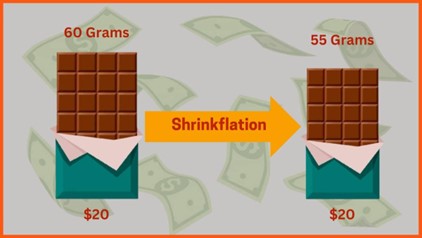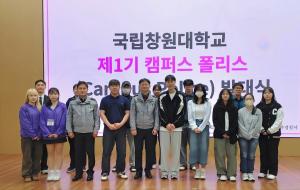 |
|
▲ Nuriho (source: Korea Aerospace Research Institute) |
On Oct. 21, the Korean-style rocket, Nuriho, was launched over the Naro Space Center in Goheung, South Jeolla Province. More than 300 companies related to domestic space aviation, jointly built the Nuriho. Unlike the Russian-backed Naroho, the Nuriho had all its parts produced in Korea, so it needed the cooperation of many companies. The Nuriho, which was launched in anticipation by many people, successfully completed the first to third stages of separation, fairing separation, and satellite separation, but failed to enter satellite orbit, which is said to have been, "half successful."
Since 2010, the Nuriho has been developed to have the ability to launch satellites into orbit 600 to 800 kilometers above the ground. The name, "Nuri," was chosen by a contest and means, "exploring a new world into space." The Nuriho is significant, in that it is a projectile made of Korean technology. The Naroho, launched in January 2013, was jointly developed with Russia and is smaller than the Nuriho. The Naroho weighs 140 tons and is 33.5 meters long, while the Nuriho weighs 200 tons and is 47.2 meters long. The Nuriho successfully launched a test launch vehicle to verify engine performance on November 28, 2018. Subsequently, the combustion test of the 7-ton liquid fuel engine installed in the third stage was successful in 2020, and the combustion test of the 300-ton engine installed in the first stage was successful in March 2021.
The Ministry of Science and Technology announced on August 12 that the first launch of the Nuriho will be confirmed on October 21, 2021. The Nuriho was scheduled to launch at 4 p.m. on October 21, but the launch time was delayed by an hour to 5 p.m. due to abnormalities in the valve inside the launch vehicle. After 127 seconds of launch, the first stage of separation was completed at a speed of 1.8 kilometers per second, from the height of 59 kilometers. Considering that the speed of ordinary airliners is 250 meters per second, this is a tremendous speed to achieve. After 233 seconds, the fairing of the satellite cover was separated at an altitude of 191 kilometers. The second stage dropped at a speed of 2.4 kilometers per second from 258 kilometers per second, 274 seconds after the launch. The first and second stages of the separation explosives and the second and third stages of the separation explosives, exploded without any problems. The first stage fell 413 kilometers from the launch site and the second stage fell 2,800 kilometers into the sea.
The Nuriho reached its target altitude of 700 kilometers, but unfortunately the satellite was unable to achieve orbit. The performance of the seven-ton engine's three-stage thrust machine has been verified 93 times and 17,000 seconds of accumulated combustion time, but it was insufficient in practice. Lim Hye-sook, Minister of Science, Technology and Information and Communication, said at a press conference at 7 p.m. on July 21, "The launch process of the Nuriho was successful and reached 700 kilometers per second, but the target speed was not reached." The liquid engine failed to burn for 521 seconds and finished early at 475 seconds," he said.
However, an official at the Korea Aerospace Research Institute said, "It is significant to confirm the possibility of clustering technology connecting four 75-ton engines," adding, "It is also important to secure the first and third stages of separation." Hanwha Aerospace, is a major contributor to the first stage of domesticization, and Hanwha officials said, "The Nuriho is an achievement created by the nation's long-term vision and unwavering will for space. We will continue to contribute to the revitalization of the space industry's ecosystem, based on our experience in satellite projects, such as science rockets and the Nuriho in the 1990s." An official at Hyundai Heavy Industries said, "It is meaningful to participate in the Nuriho project, which was developed using pure Korean technology. We will continue to improve our technological capabilities and contribute to the development of the Korean aerospace industry."
Although the Nuriho satellite didn’t enter into orbit, it is meaningful that it has achieved its own technological abilities, without the support of other countries. In addition, Korea has the possibility to develop into a space powerhouse in the future. The second launch date of the Nuriho is scheduled for May 21, 2022. Many people will hope Nuriho's next challenge will be successful, taking lessons from its failure, into a promising future.
By An So-yeon, cub-reporter 1102soy@naver.com
<저작권자 © The Campus Journal, 무단 전재 및 재배포 금지>

 Shrinkflation, Consumer Deception
Shrinkflation, Consumer Deception




